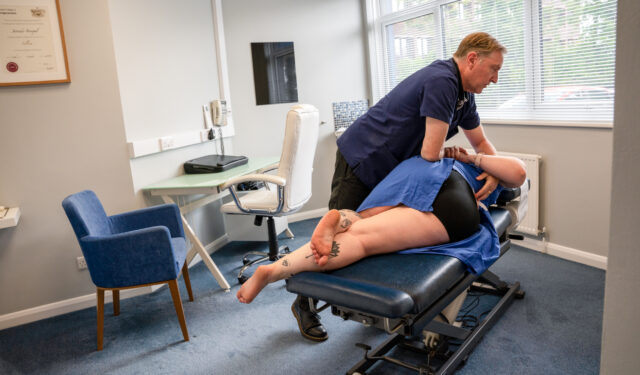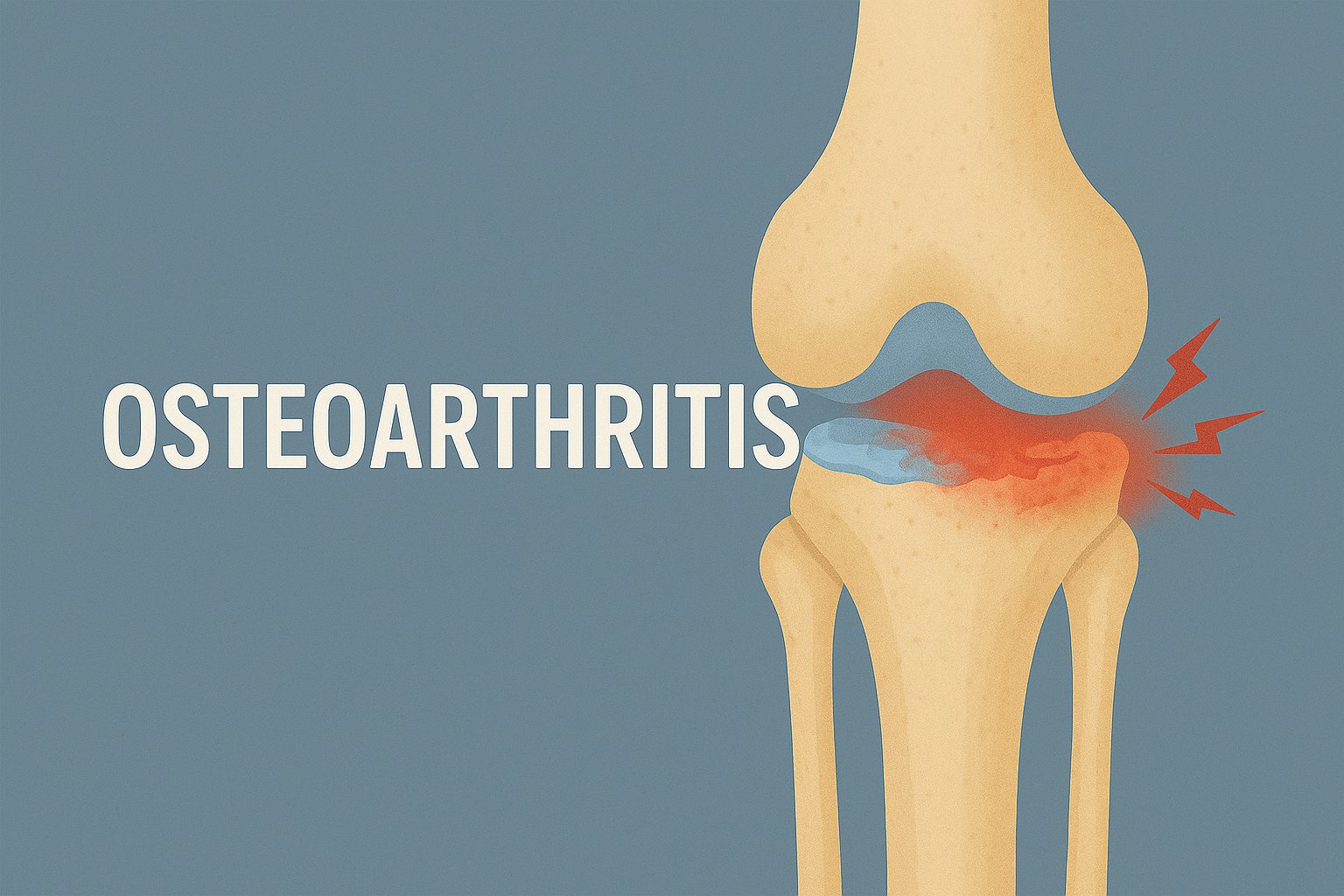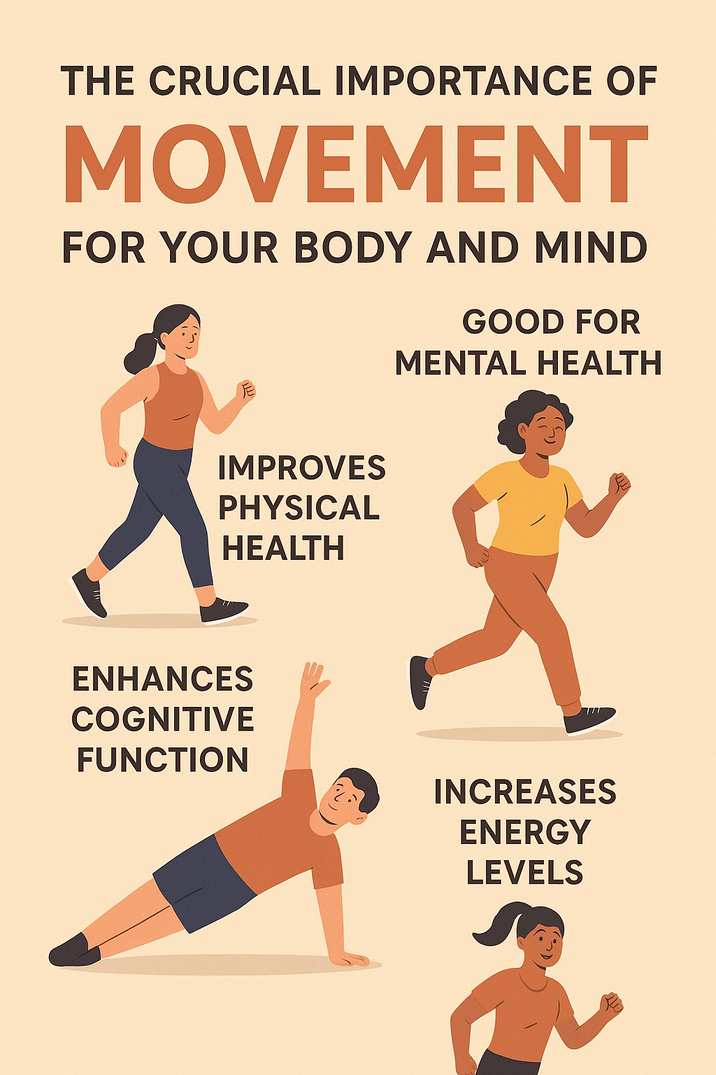Pitfalls in core stability training
Don’t Rush Core Training
One of the most common mistakes in core muscle training is progressing too quickly. Trying advanced exercises before you’re ready often leads to poor control and weak results.
If your core muscles can’t stabilise your spine properly, your body recruits other muscles to compensate—leading to imbalances or even injury.
Warning Signs of Weak Core Muscles
Signs that your core isn’t doing its job include:
Inability to keep the abdomen hollowed
Spine shifting to one side during movement
Spine “sinking” or arching too much during back extension
Take Your Time—It’s Worth It
Mastering core exercises can be harder than expected, especially at the beginning. But once you get the technique right, the rewards are well worth the effort. Don’t give up too early—it’s a skill that pays off.
Chiropractic treatment combined with core muscle training is a highly effective way to manage and prevent back pain. Don’t miss out by choosing only one approach!
Understanding the Core Muscles
Your core muscles are located deep within your trunk. They connect your spine, pelvis, and shoulder blade muscles, creating stability for controlled movement.
(While there are core muscles in the mid-back and neck, this section focuses on the lumbar core muscles.)
Two key muscles often weakened in people with low back pain are:
Transverse abdominus (TA): This is the deepest abdominal muscle. It wraps around your spine like a belt, offering protection and stability.
Multifidus (MF): These small muscles lie close to your spine and help with fine-tuned spinal movement. They often weaken after the first episode of back pain and can’t be activated directly—they work in response to TA engagement.
These muscles are not easy to feel or control from the surface, but they play a crucial role in spinal health.
Who Benefits from Core Stability?
Core stability is important for everyone—not just athletes. However, it’s especially helpful in:
Sports requiring strong balance like snowboarding or mountain biking
Contact sports such as rugby, football, or hockey
Core strength is just as vital in daily life. It helps prevent injuries while lifting heavy bags, doing housework, or even standing for long periods.
Core Stability Training
As chiropractors, we often see the effects of sedentary lifestyles contributing to back pain. That’s why we strongly encourage patients to include exercise in their daily routine.
Core training begins by learning to properly co-contract the TA and MF muscles. This step is essential for rebuilding lumbar support.
The Abdominal Hollowing Technique
We recommend that all chiropractic patients begin with this foundational exercise.
How to Perform It:
Lie on your back with knees bent.
Position your lumbar spine in neutral—not pressed flat against the floor, but with a small natural gap.
Breathe in and relax your stomach.
Breathe out and gently draw your lower abdomen inward—like pulling your belly button toward the floor.
Hold the contraction for 10 seconds.
Repeat 5–10 times.
Important Tips:
Don’t tense your whole stomach or let the upper abs bulge—this means you’re using the wrong muscles.
Avoid bracing too hard. A gentle, steady contraction is best. You’re building endurance, not maximum strength.
Keep your spine in the neutral position—don’t tilt your pelvis.
Breathe normally throughout the exercise.
Use your fingers on your lower abdomen to feel the TA working for feedback.
Once you’re confident performing this on your back, try it in other positions: lying on your front, on hands and knees, sitting, and standing. Always return to the neutral spine position first.
Building From the Basics
After mastering abdominal hollowing, you’ll be ready to move on to more advanced core stability exercises. Take it one step at a time, and don’t be afraid to ask your chiropractor or rehab specialist for guidance.




